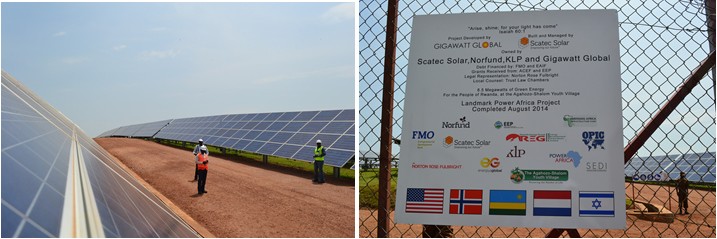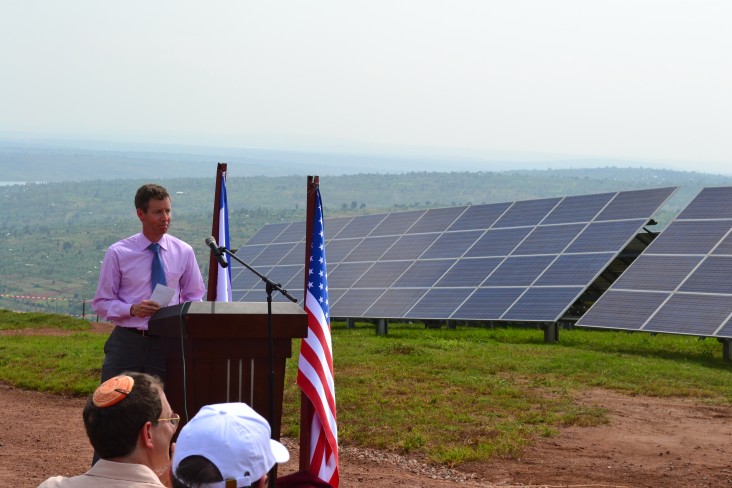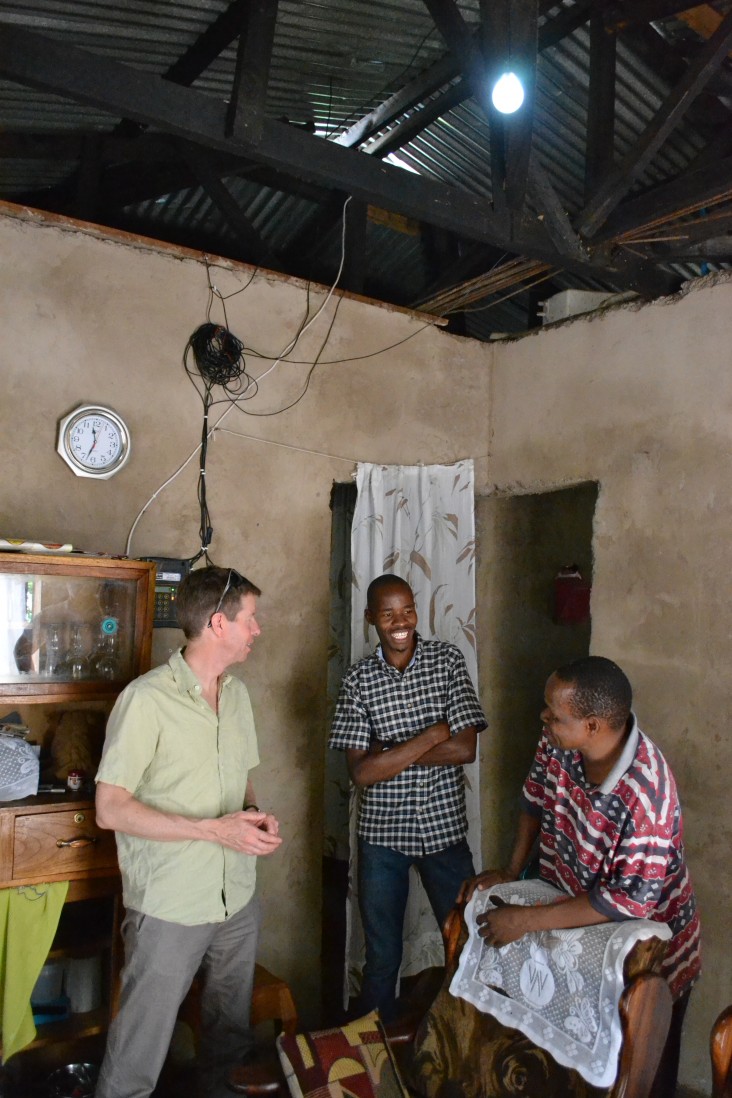- Where We Work
- Interactive Map
- Afghanistan and Pakistan
- Africa
- African Union
- Power Africa
- Trade and Investment Engagement
- Angola
- Benin
- Botswana
- Burkina Faso
- Burundi
- Cameroon
- Central Africa Regional
- Central African Republic
- Chad
- Côte d'Ivoire
- Democratic Republic of the Congo
- Djibouti
- East Africa Regional
- Ethiopia
- Ghana
- Guinea
- Kenya
- Lesotho
- Liberia
- Madagascar
- Malawi
- Mali
- Mauritania
- Mozambique
- Namibia
- Niger
- Nigeria
- Republic of the Congo
- Rwanda
- Sahel Regional
- Senegal
- Sierra Leone
- Somalia
- South Africa
- South Sudan
- Southern Africa Regional
- Sudan
- Swaziland
- Tanzania
- Uganda
- West Africa Regional
- Zambia
- Zimbabwe
- Asia
- Europe and Eurasia
- Latin America and the Caribbean
- Middle East
- Mission Directory

By Charlie Stadtlander, Overseas Private Investment Corporation
Earlier this year, in a quiet patch of land an hour from Kigali, Rwanda, with the help of Power Africa through the Overseas Private Investment Corporation (OPIC), energy development in sub-Saharan Africa took a historic leap forward. With the snip of a ribbon and the flip of a switch, East Africa’s first ever grid-connected, utility-scale solar energy facility commenced operations, proving that a private developer supported by a focused group of governments and diverse financiers can achieve real results to address acute energy shortages in sub-Saharan Africa.
The solar field was developed at a record pace by emerging-market solar innovator and Power Africa private sector partner Gigawatt Global, which took the plant from financial close to operations in under a year. The facility adds 8.5 megawatts (MW) of clean, renewable solar power to Rwanda’s national grid; representing a six percent boost to the country’s total energy generation capacity. It’s an impressive addition to the Rwandan energy supply, but also a historic step towards addressing sub-Saharan African energy challenges.

Notably, this is the first project to come on line under the U.S.-Africa Clean Energy Finance (ACEF) program, which is a key part of the Power Africa toolbox. ACEF is funded by the State Department and the President’s Global Climate Change Initiative and undertaken by OPIC, the U.S. Government’s development finance institution, as well as the U.S. Trade and Development Agency (USTDA).
OPIC supported the Gigawatt Global project in its nascent stages, and due to this ACEF assistance, the project received financing from both private lenders and international development finance institutions needed to get the solar plan built and operational in record time.
The ACEF program helps promising clean energy projects develop into viable candidates for project financing by providing small amounts of early-stage funding for technical and feasibility studies, site surveys, and legal fees that are essential to getting a project from concept stage to reality. The financing tool can play a catalytic role to advance projects and attract private investment and fuel low-carbon economic growth in the region. These developments also give countries much-needed domestic sources of reliable and renewable power, and encourage stability through enhanced energy security.
OPIC’s intent in supporting Power Africa is not just to boost energy production in sub-Saharan Africa, but also to increase new energy access in underserved regions and communities.

Another ACEF-supported project, Tanzania’s Off-Grid Electric is a pay-as-you-go home solar company that is providing new access to power to tens of thousands of homes that would otherwise have remained dark. With early-stage ACEF support, Off-Grid Electric is helping children be able to read at night, for people to be able to connect to the larger world through cell phones, televisions, and radios, and making homes and neighborhoods more safe.
Overall, the initial $20 million of ACEF funding has the potential to lead to more than 400 MWs of new renewable power in sub-Saharan Africa and could mobilize more than $1.5 billion in project capital, a ratio of $75 of new private investments for every $1 from the program. Since ACEF’s launch, OPIC and USTDA have committed funds to 30 renewable energy projects across 10 African countries.
Recognizing the success of ACEF’s catalytic model, at the U.S.-Africa Leaders Summit in August 2014, Secretary of State John Kerry announced the U.S. State Department’s intention to invest an additional $10 million in the program.







Comment
Make a general inquiry or suggest an improvement.